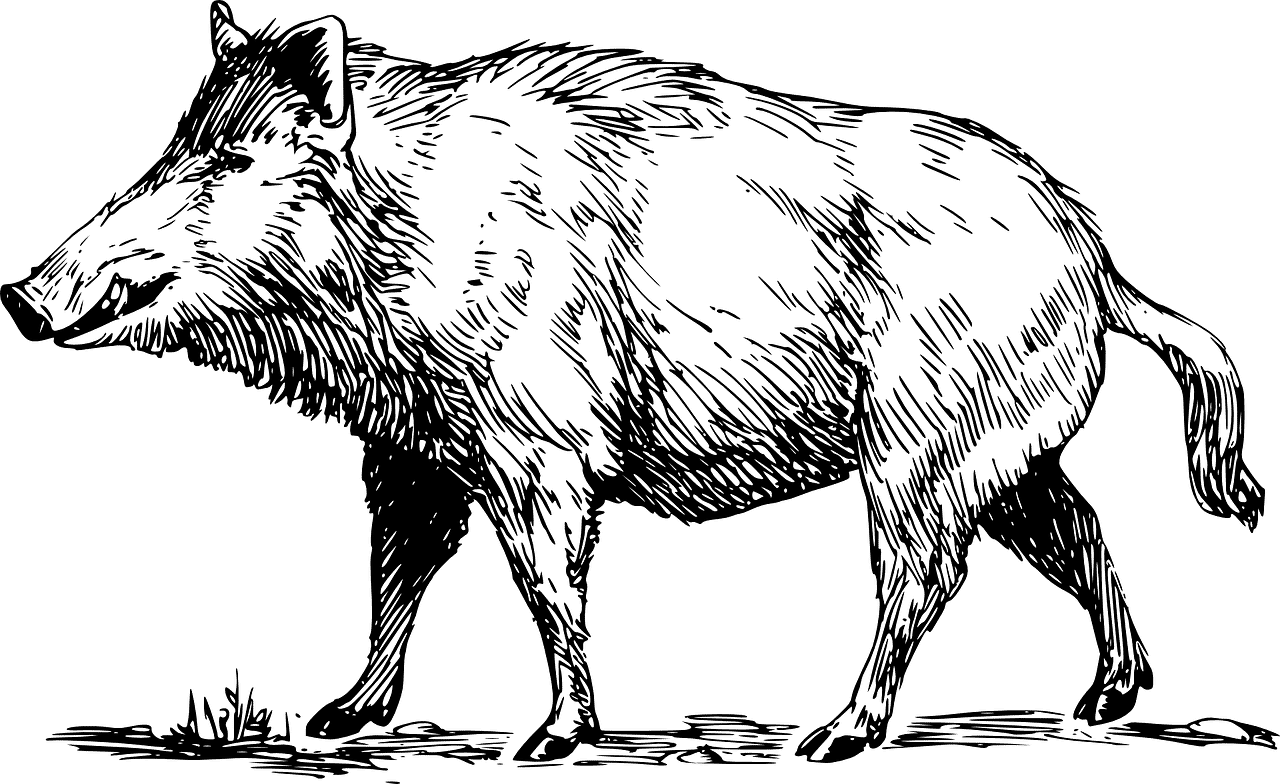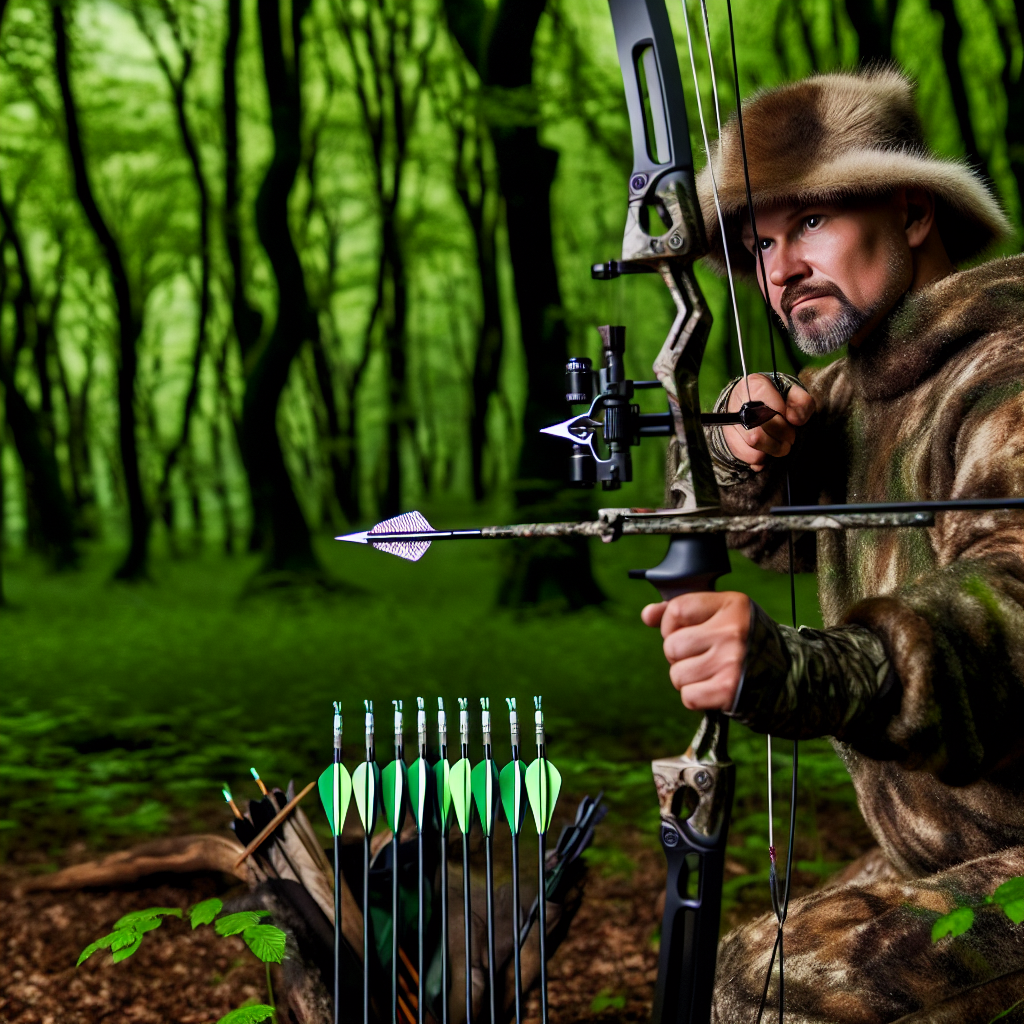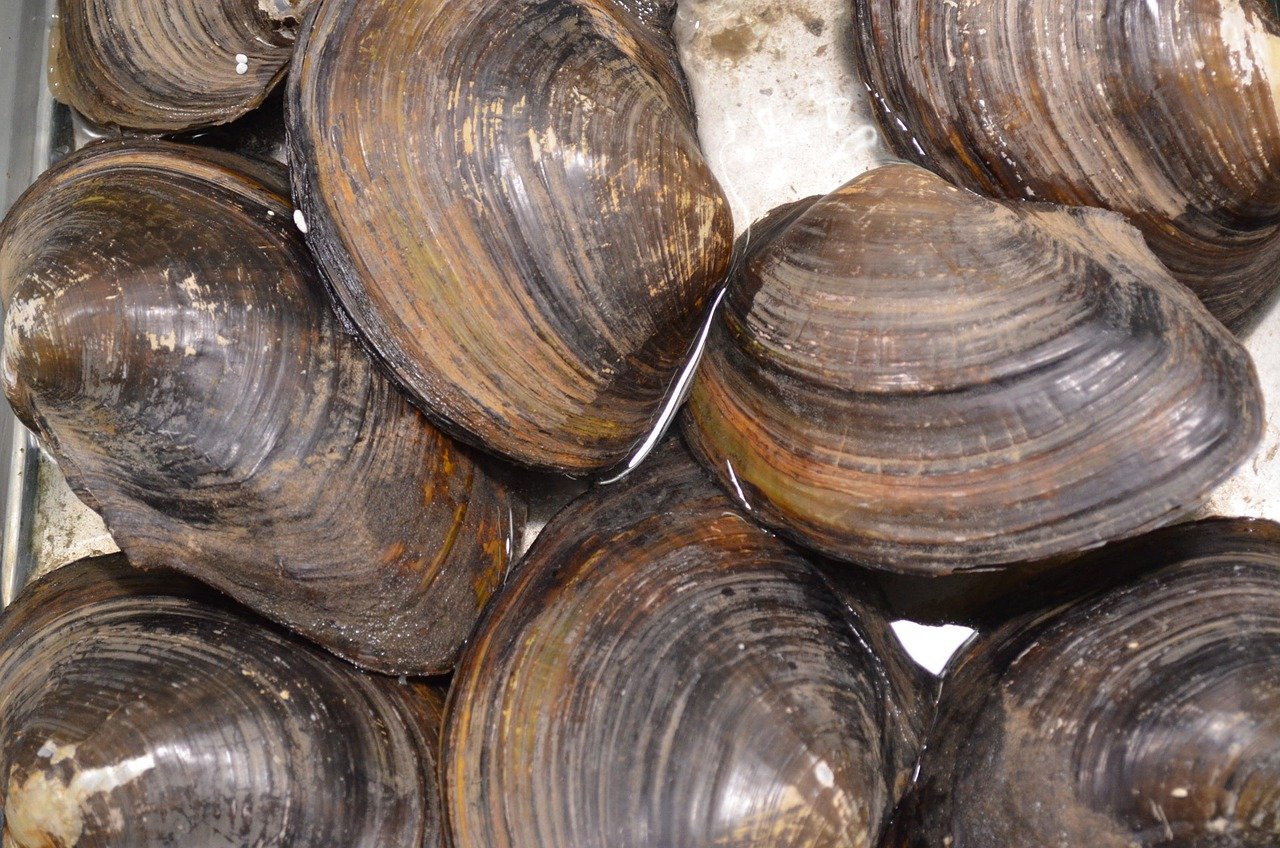There are only a few states can match the thrill of hog hunting in Texas. Although it is well acknowledged that feral pigs inhabit the south, few people know that Texas is the habitat of around half of the roughly six million hogs in the United States. The Lone Star State alone suffers about $400 million in damages annually due to the overabundance of feral hogs. These figures demonstrate the harm that hogs do to the state, but where there are challenges, there is also opportunity.

Best Locations for Hog Hunting in Texas
Texas has such a large population of wild hogs; in fact, 253 of the state’s 254 counties have recorded their sightings. Nevertheless, certain regions of Texas have greater hog population numbers compared to others. Wild hog populations are fewer in the West as well as North of Texas in comparison to in the South, Central, and Eastern parts of the state.
It is not altogether surprising that the sunniest parts of Texas have the smallest populations of hogs, whereas the places with more rainfall have more significant hog populations because hogs love wet areas. Compared to dry areas, hogs are more prevalent near rivers and streams. It is simple to understand why hog hunting has become so popular in Texas if you combine these streams and rivers with a nearby farm full of crops. One of the many reasons Texas has the biggest population of hogs in the US is that it offers the perfect habitat for wild hogs.
Counties With Bounties on Feral Hogs in Texas
Some counties in Texas provide a bounty for feral hogs. Hays and Caldwell counties, in particular, give $2 per tail, with the hunter with the most tails eligible to win up to $1,000 in prizes. Through the County Feral Hog Grant, the state of Texas has more than $100,000 available. More counties may issue a reward on feral hogs in the coming years, but if you’re hoping to make a little more money, the bounty linked with hog hunting in Texas can be rewarding. The counties having feral hog bounties are primarily concentrated in Texas’s South, Central, and Eastern regions.
Hog Hunting in South Texas
South Texas hog hunting zones include cities along the gulf coast, from Brownsville to Houston and up to San Antonio. In addition to feral hogs, javelina can be found in southwest Texas, mainly near Harlingen and Laredo. In comparison to other sections of Texas, South Texas has the most diverse range of wild hogs for hunting.
Due to the flat plains of South Texas, helicopter hog hunting trips are more prevalent in this state region. These tours are very popular in West and North Texas.
Hog Hunting in Central Texas
Hog hunting is permitted throughout San Saba, San Marcos, Austin, and Central Texas. The landscape and rolling hills of Central Texas are well-known for being suitable for night hog hunting but not for helicopters. A successful hog hunting excursion in central Texas may result from getting some decent hog hunting lights.
Although many hog hunters in central Texas use dogs to hunt hogs, the region is best known for its deer hunting. Since Llano prides itself on being Texas’s deer capital, most hog hunting occurs at dusk or dawn. Under the deer feeders, the hogs have been observed to consume leftover corn.
Hog Hunting in East Texas
In East Texas, you can go hog hunting in Beaumont, Tyler, and the nearby towns. Tall pines are common in East Texas, which makes helicopter hunting challenging. On the other hand, nights under the tall pines can be very dark. This means your chances of killing more wild hogs increase if you hunt them at night using powerful hog hunting lights that they can’t see.
Many hog hunters in east Texas use dogs to hunt or set out corn and other bait to lure hogs.



